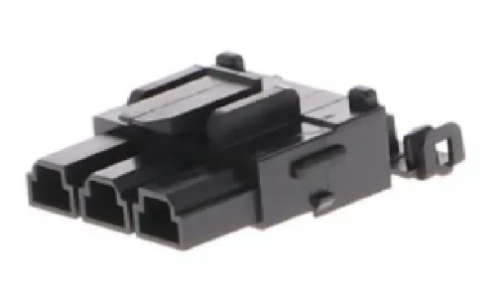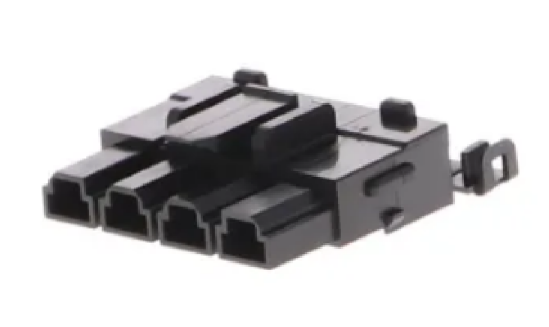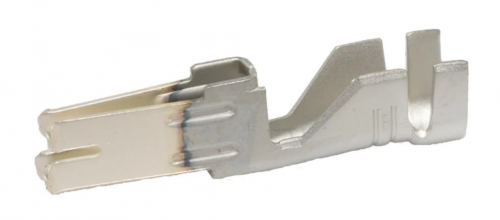Tesla Model S GEN1 Rear HVJB
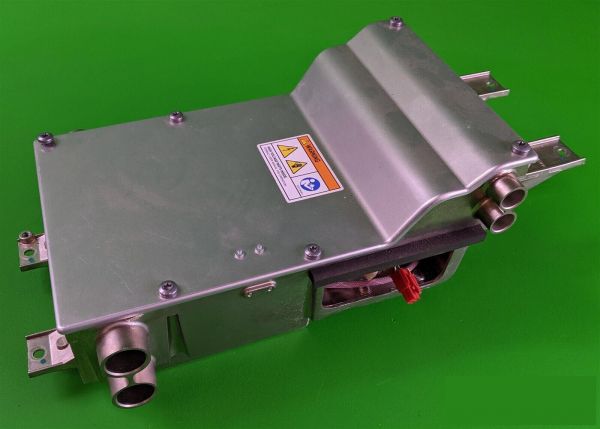
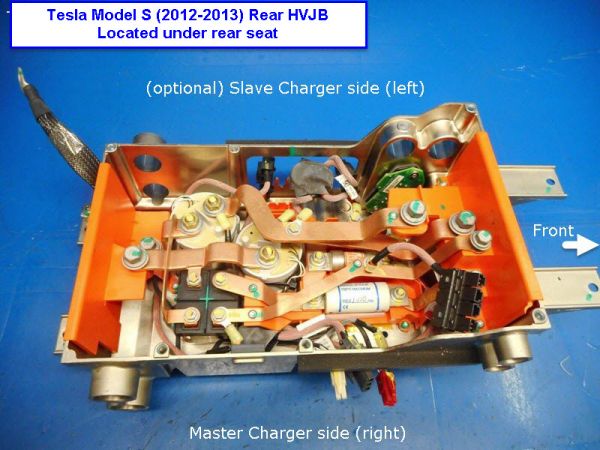
Overview
The Tesla Model S GEN1 Rear HVJB (TPN 1016561-00-A) was a High Voltage Junction Box found in the all 2012 through late 2013 Model S. It is centrally located under the rear seat frame, and the Single or Dual GEN1 On-board Charger(s) (OBC) are located to the right and left of it. It was replaced via gradual phase-in by the GEN2 Rear HVJB starting around Oct2013, when the GEN2 On-board Chargers were introduced; the GEN1 & GEN2 Rear HVJBs are not interchangeable, neither physically nor electrically.
It functions as a junction for connections to these subsystems:
- Traction Battery Pack (HV DC)
- Drive Unit ("Inverter") (rear only, as the Dual Motor option wasn't offered during the GEN1's lifespan)
- Charge Port (AC and DC input)
- DC-DC Converter (GEN1, which also functioned as the Front HVJB, until GEN2, about Jan2014)
- On-Board Charger(s) (GEN1 Chargers only)
Connections
HV
All HV connections are well documented by the "Theory of Operation" image below. All are bolted connections.
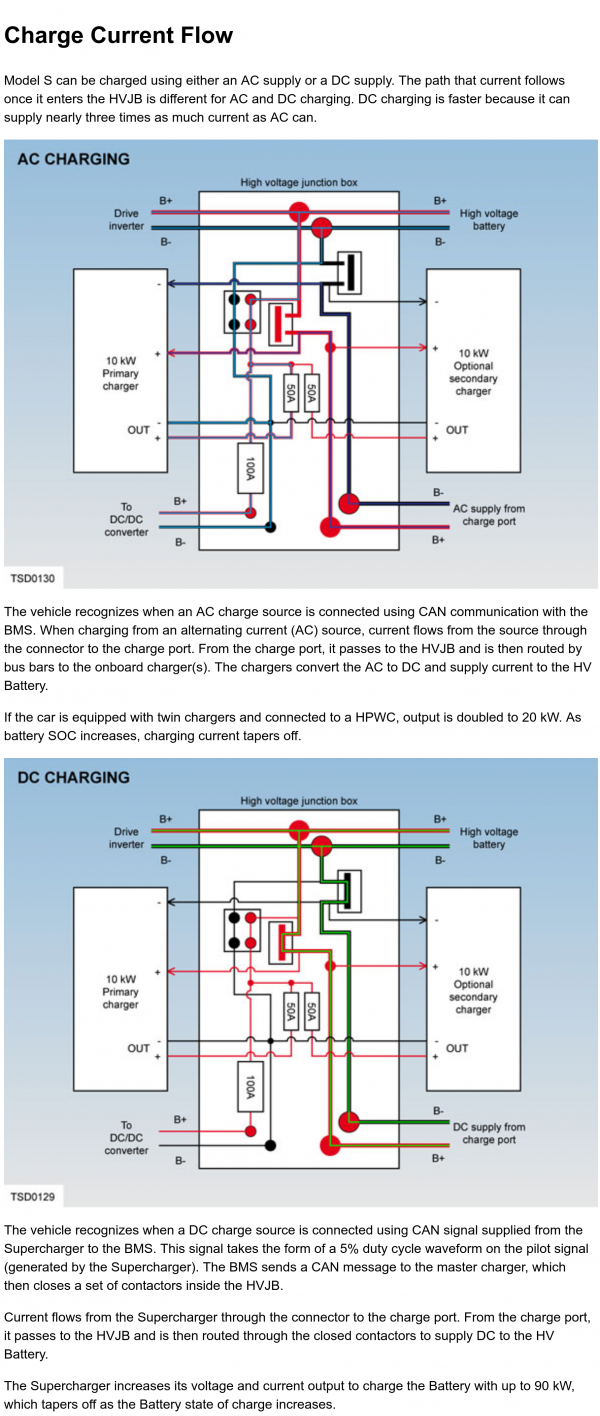
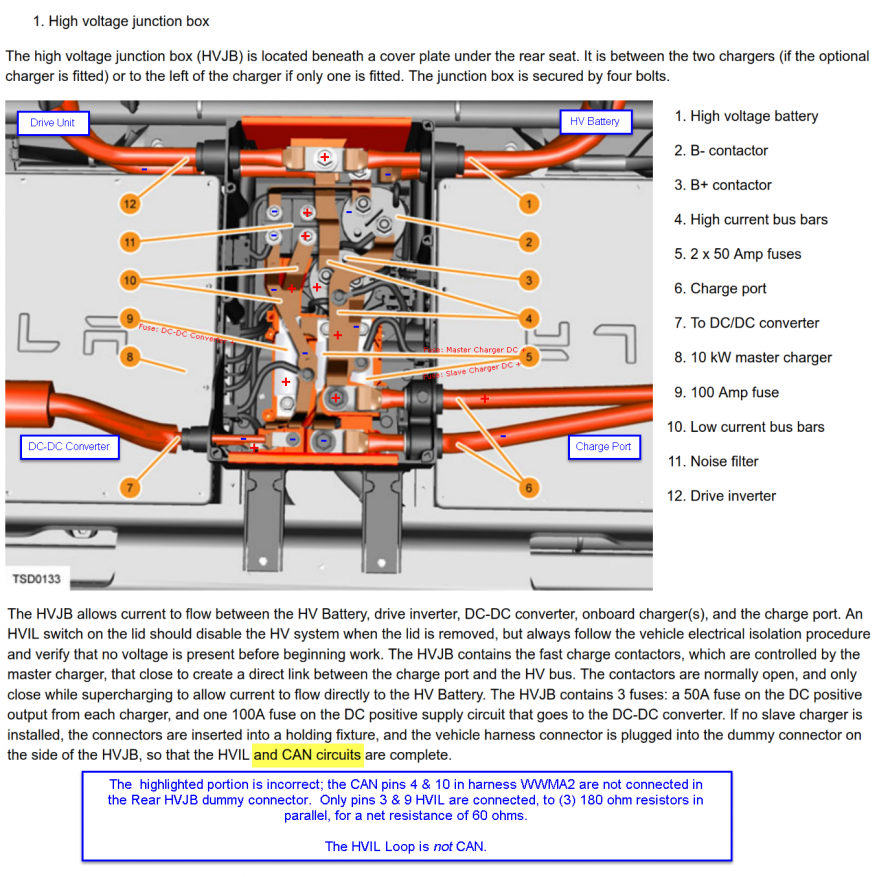
LV
Depending upon whether Single or Dual OBCs are installed, either (1), or (5), of the LV connectors will not be in use. Extra/unused internal harnessed connectors have "parking" places to stow unused connectors. The various LV connectors are detailed below.
Logic "dummy" Connector
This is a Molex MX150L panel-mount PCB 19428-0001 plug. For installations where there is only a Single OBC installed, it provides a place to "park" the unused harness WWMA2 that would normally be connected to a Second/Slave OBC.
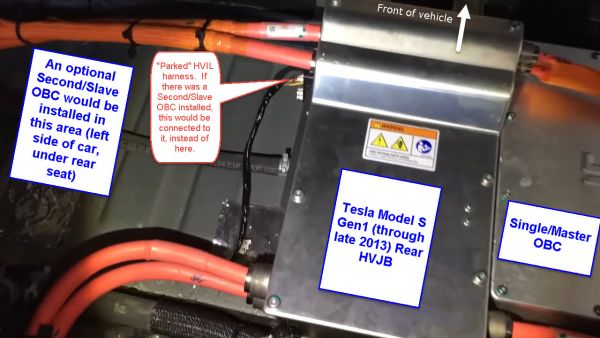
It has a small PCB soldered to its rear, which contains ONLY (3) 180 ohm resistors, wired in parallel, to provide a net 60 ohm path for the HVIL Loop, on pins 3 & 9. See HVIL section for details on how this connector is used.
The following images showcase this "parking" connector on the Rear HVJB for harness WWMA2, which if not connected to a Second/Slave OBC, must be connected to this "parking" connector in order to obtain a 60 ohm resistor to complete the HVIL loop. The BMS maintains a constant current in the HVIL loop and measures the voltage drop associated with that current level. It will not allow the contactors to close (or remain closed) if the correct resistance isn't measured in the HVIL loop[1]. Telsa's various documentation from this era have several inaccuracies when verified against actual vehicles; do not rely upon documented pinouts.
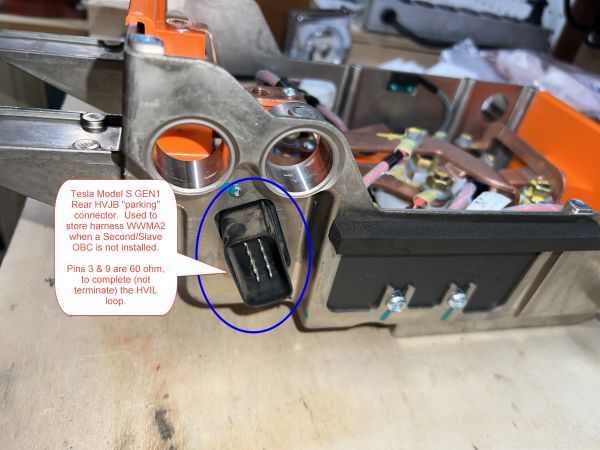
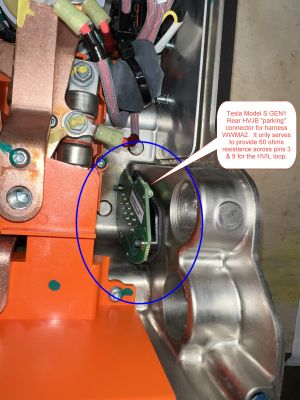
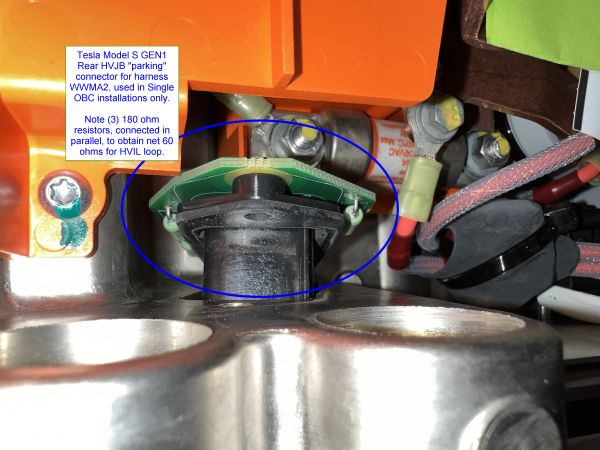
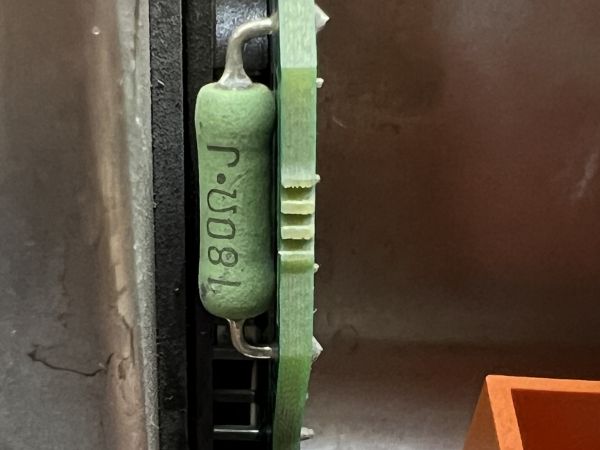
HVIL
The HVIL Loop
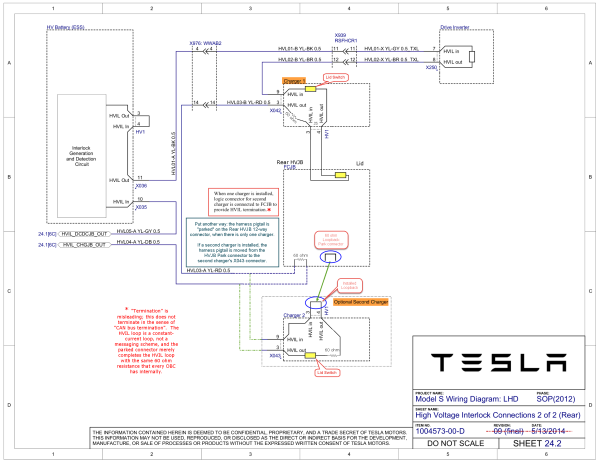
Like other HV assemblies on the Model S, the Rear HVJB has a Lid Reed Switch, activated by a magnet on the cover, that breaks the HVIL Loop when the cover is removed. The Rear HVJB has a short harness from this Lid Reed Switch, which is always plugged into the Single or Master OBC to maintain the HVIL Loop.
HVIL Lid Reed Switch
The below two pictures show the GEN1 Rear HVJB's Lid Reed Switch, which had a relatively high failure rate[2] that caused shutdowns, error messages, and start failures:
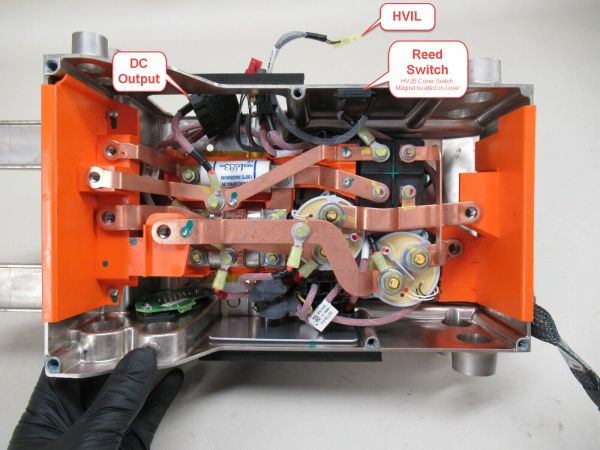
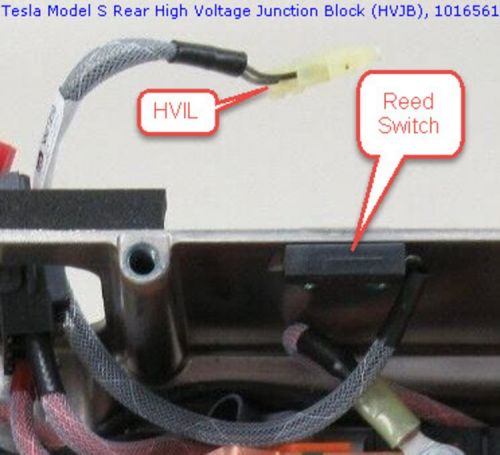
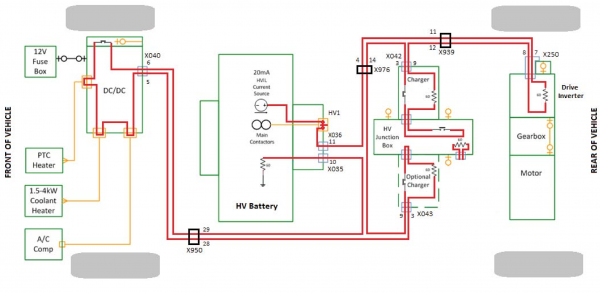
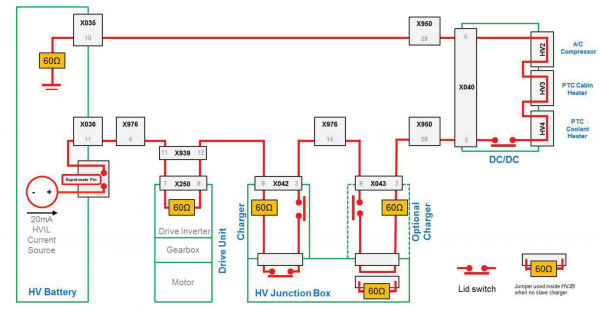
HVIL Loopback Harness
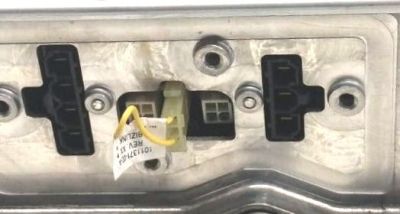
Tesla: The loopback harness, Tesla 1101371-00-A, is included/stored inside all Tesla Model S GEN1 Rear HVJB in an internal "parking" socket, when only a single OBC is provisioned. See Other Parked Connectors below for location image. When an Second/Slave OBC is installed, the HVIL Loopback Harness is removed from its internal parking connector and installed on the Second/Slave OBC.
- RAV4 & B250e: This harness is always installed on the OBC, because there is no HVJB and therefore no HVIL Lid Reed Switch for its cover.
Fast Charge Contactors Control
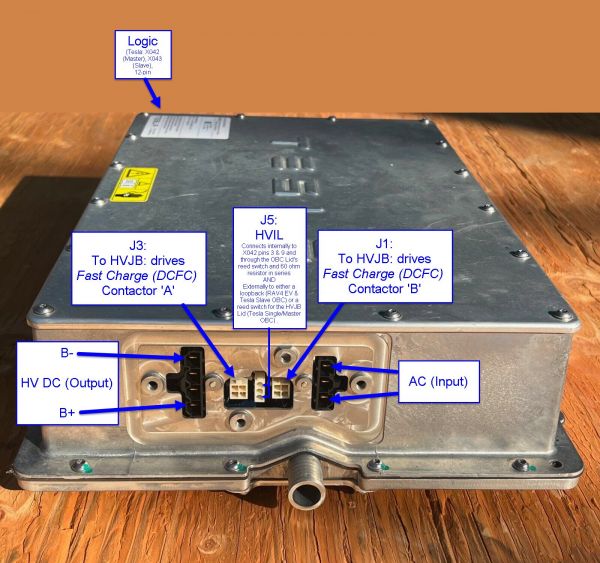
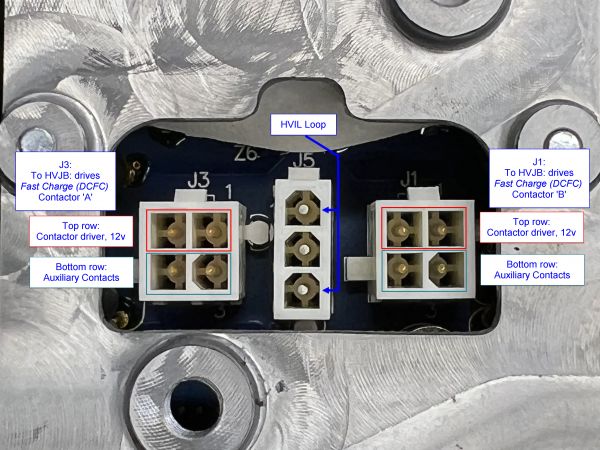
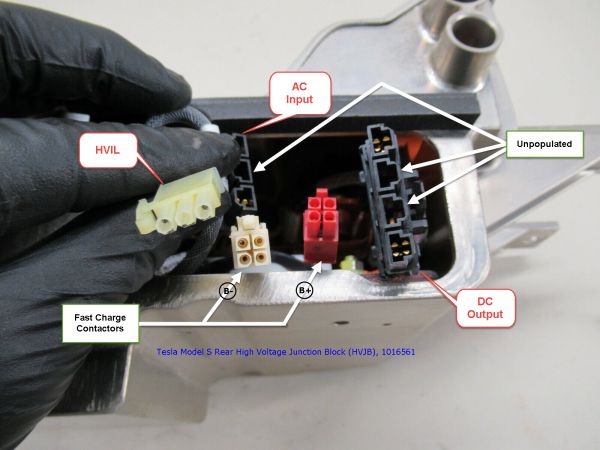
These four-pin connectors each route to a single contactor in the Rear HVJB. Those contactors bypass AC charging and allow DC from the Charge Port to connect directly to the HV bus for DCFC.
- These two connectors are physically interchangeable.
- One has a red plastic connector, and connects to the B+ contactor.
- One has a white plastic connector, and connects to the B- contactor.
- It is not known if the OBC performs PWM economizing. The Rear HVJB Fast Charge contactors are Tesla 1006871-00-A (TE Connectivity 2138957-2), but no datasheet can be found.
- The top row pins are 12v; the bottom row pins are Auxiliary contacts, NO (normally open). These harness' black wires are for the contactors' coils, and the white wires are for the NO auxiliary contacts.
AC Input Connector
The Power Input/Output connectors are of the Molex Mini-Fit Sr. wire-to-wire series[3]. The datasheet is here.
The AC Input Connector housing included, to plug into the OBC, is Molex 42816-0312[4]
DC Output Connector
The DC Output Connector housing included, to plug into the OBC, is Molex 42816-0412[5]
The female terminals for the Power Input/Output housings are Molex 42815-0134[6] for 8 AWG (8mm²). The Molex datasheet strongly recommends the use of Nylogel 760G dielectric grease on this terminal if it will be exposed to vibration and/or thermal cycling[7].
Other Parked Connectors
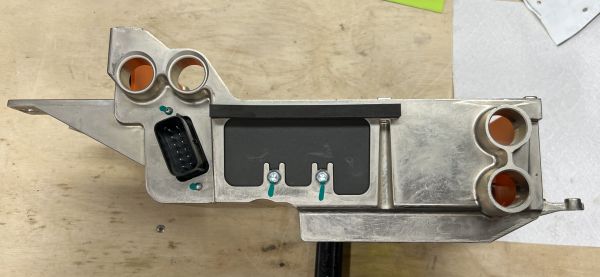
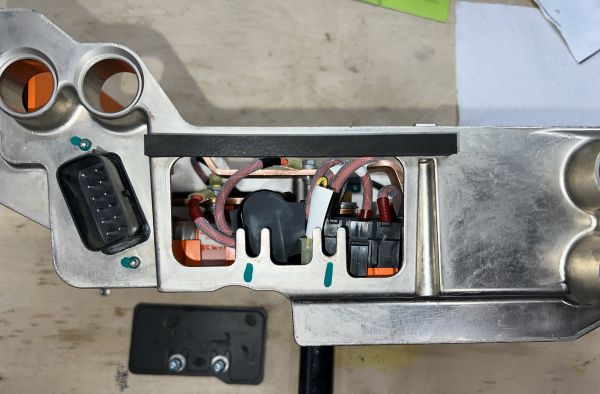
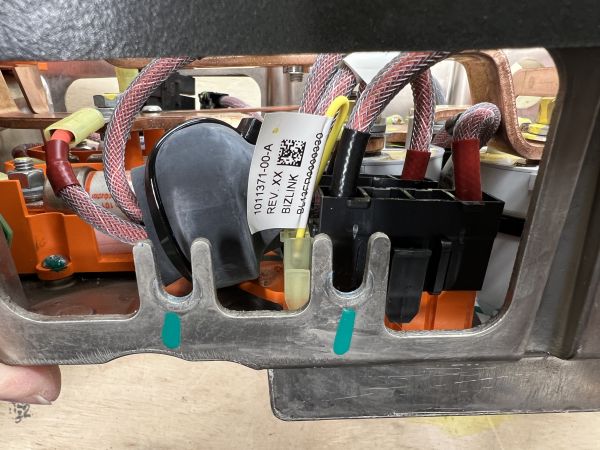
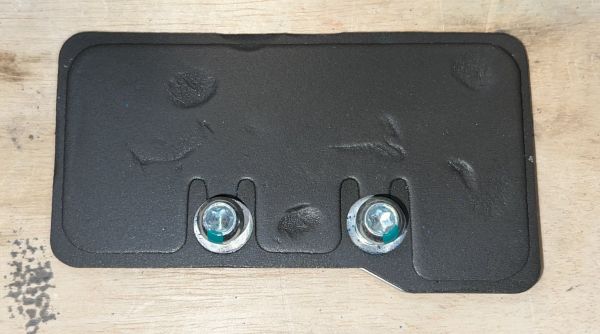
When a Tesla Model S is configured for Single OBC, several connectors that are not used are "parked" and can be used for installing a Second/Slave OBC later. There are three internally-parked connectors, which are parked inside the HVJB, left side, behind a blanking plate. These internally parked connectors are:
- AC Input (to Second/Slave OBC)
- DC Output (from Second/Slave OBC)
- HVIL Loopback Harness (for installation on Second/Slave OBC, and on all Toyota RAV4 EV and MB B250e OBCs)
There is one externally-parked HVIL harness, see Logic "dummy" Connector above.
Errata
- Dimensions:
- Main "box" area: 12-1/4"L x 7-5/8"W (if cable "spigots" were cut off)/9"W (w/spigots) x 6-1/2"H (311mmL x 194mm/229mmW x 156mmH)
- Overall w/mounting "arms": 17-1/4"L (438mmL)
- Weight: 10.2 lbs (4.6 kg) (without cables or bolts for cables; with cover)
References
- ↑ https://static.nhtsa.gov/odi/tsbs/2014/SB-10052449-4313.pdf Pg. 1
- ↑ https://static.nhtsa.gov/odi/tsbs/2014/SB-10052449-4313.pdf Pg. 10
- ↑ https://www.molex.com/molex/products/family/minifit_sr
- ↑ https://www.molex.com/molex/products/part-detail/crimp_housings/0428160312
- ↑ https://www.molex.com/molex/products/part-detail/crimp_housings/0428160412
- ↑ https://www.molex.com/molex/products/part-detail/crimp_terminals/0428150134
- ↑ https://www.mouser.com/datasheet/2/276/0428150031_CRIMP_TERMINALS-1373081.pdf
